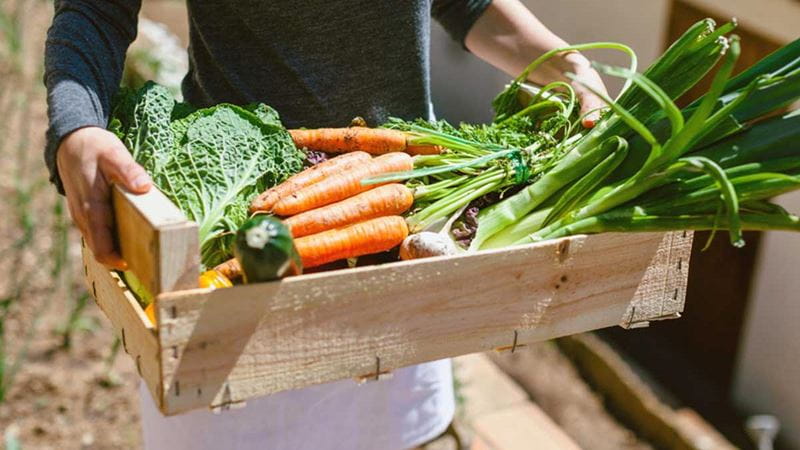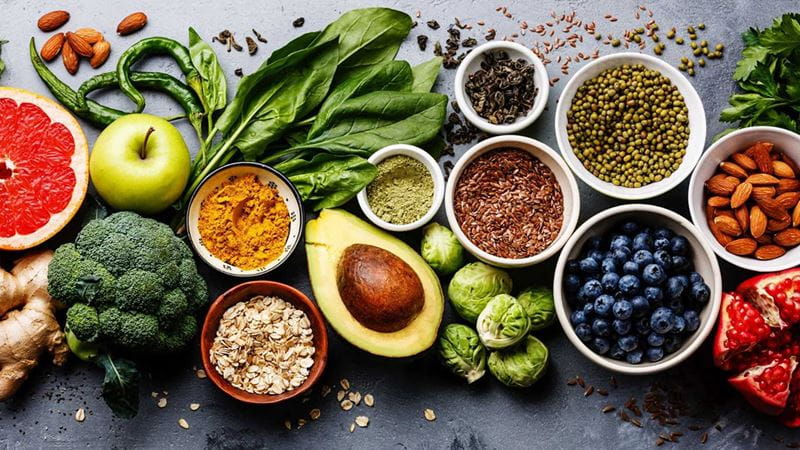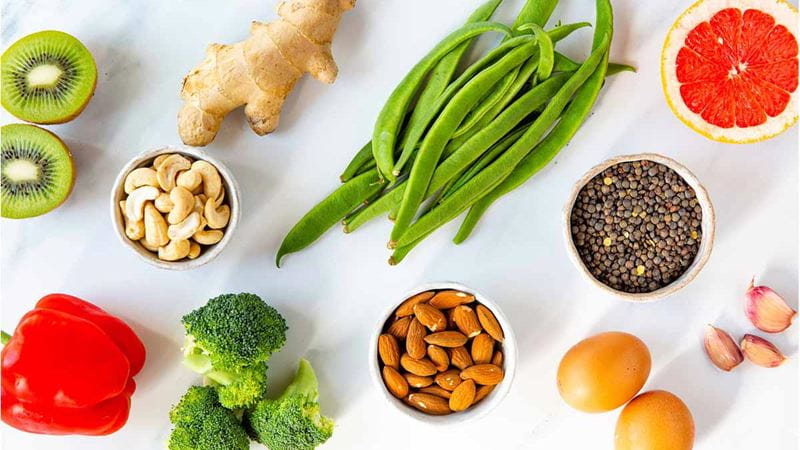Blog article
A handy guide to healthy snacking

Despite some negative connotations, snacking itself isn’t inherently bad – in fact, healthy snacking can be a smart way to fuel your body and prevent overeating at mealtimes.1 The key is in choosing nutrient-dense, balanced snacks that provide protein, healthy fats, and low GI carbohydrates.
In this blog, we explore five delicious and healthy snack ideas that will keep you satisfied without derailing your health goals, plus, the snacks to stay away from.
1. Greek yoghurt with nuts and berries
Greek yoghurt is a protein powerhouse, making it an excellent base for a filling snack. Unlike regular yoghurt, it contains twice as much protein while being naturally low in sugar – especially when you opt for plain, unsweetened varieties.2
Top your Greek yoghurt with a handful of almonds and/or walnuts, which are great sources of healthy fats and fibre3 and a small portion of low GI fruits like blueberries or raspberries, which provide natural sweetness while keeping blood sugar levels stable4.
2. Boiled eggs with avocado on wholegrain crackers
Eggs are one of the most nutrient-dense foods on the planet, packed with protein, essential vitamins, and healthy fats.5 Pairing them with avocado and wholegrain crackers creates a balanced snack that fuels your body while keeping hunger at bay.
Avocados are rich in monounsaturated fats6, which may help reduce blood cholesterol levels7, while wholegrain crackers add complex carbohydrates and fibre to keep energy levels steady8.
3. Cottage cheese dessert
Cottage cheese is one of the best sources of casein protein9, which means it digests slowly and keeps you full for hours10. This makes it an ideal snack for anyone looking to manage hunger between meals or avoid late-night cravings – you can officially delete the Uber Eats app!
For a guilt-free dessert, start with a base of smooth cottage cheese (or blend it for extra creaminess) and mix in a dash of vanilla extract and a sprinkle of cinnamon for natural sweetness. Top it with fresh berries, which are low GI and packed with antioxidants11, and finish with a handful of crunchy cacao nibs for a rich chocolatey bite without added sugar.
4. Hummus with carrot and celery sticks
Hummus, made from chickpeas, is a plant-based protein source that offers slow-releasing energy thanks to its naturally low GI rating12. Why not try out our very own hummus recipe, which is free from added sugars and unhealthy trans fats, making it a smart, nutrient-packed snack.
Pairing hummus with carrot and celery sticks adds extra fibre, vitamins, and minerals while keeping the snack light and refreshing. This is an excellent option for those looking for a satisfying crunch without reaching for a packet of chips.
5. Chilli and lime tuna bites
Tuna is a great source of lean protein, rich in omega-3 fatty acids that support brain function, heart health, and metabolism.13 Unlike high-carb snacks, tuna keeps you full without spiking blood sugar levels.
For a simple, low GI snack, mix canned tuna with a dash of chili oil, a squeeze of fresh lime juice, and a sprinkle of cracked black pepper for a punchy, satisfying snack. Serve it up on wholegrain crackers, which provide slow-releasing energy and a satisfying crunch.
What to avoid when snacking
Here are a few common culprits that might seem convenient but can lead to energy crashes, cravings, and weight gain:
- Granola bars: Many are marketed as healthy but contain a lot of added sugars.
- White bread with jam or spreads: Simple carbs cause blood sugar spikes and don’t keep you full.
- Flavoured yoghurt: Often loaded with added sugars that cancel out the benefits of yoghurt.
- Chips and crackers made with refined flour: High in unhealthy fats and lacking in protein and fibre.
How HBF can help you make smarter food choices
Snacking smart is just one part of a sustainable, science-backed approach to healthy eating. If you’re looking for expert guidance on weight management and long-term nutrition, the CSIRO Total Wellbeing Diet is designed to help.
HBF members on eligible hospital and extras product that cover healthy living programs may get the cost of the program fully covered, making it easier than ever to take control of your health.*



